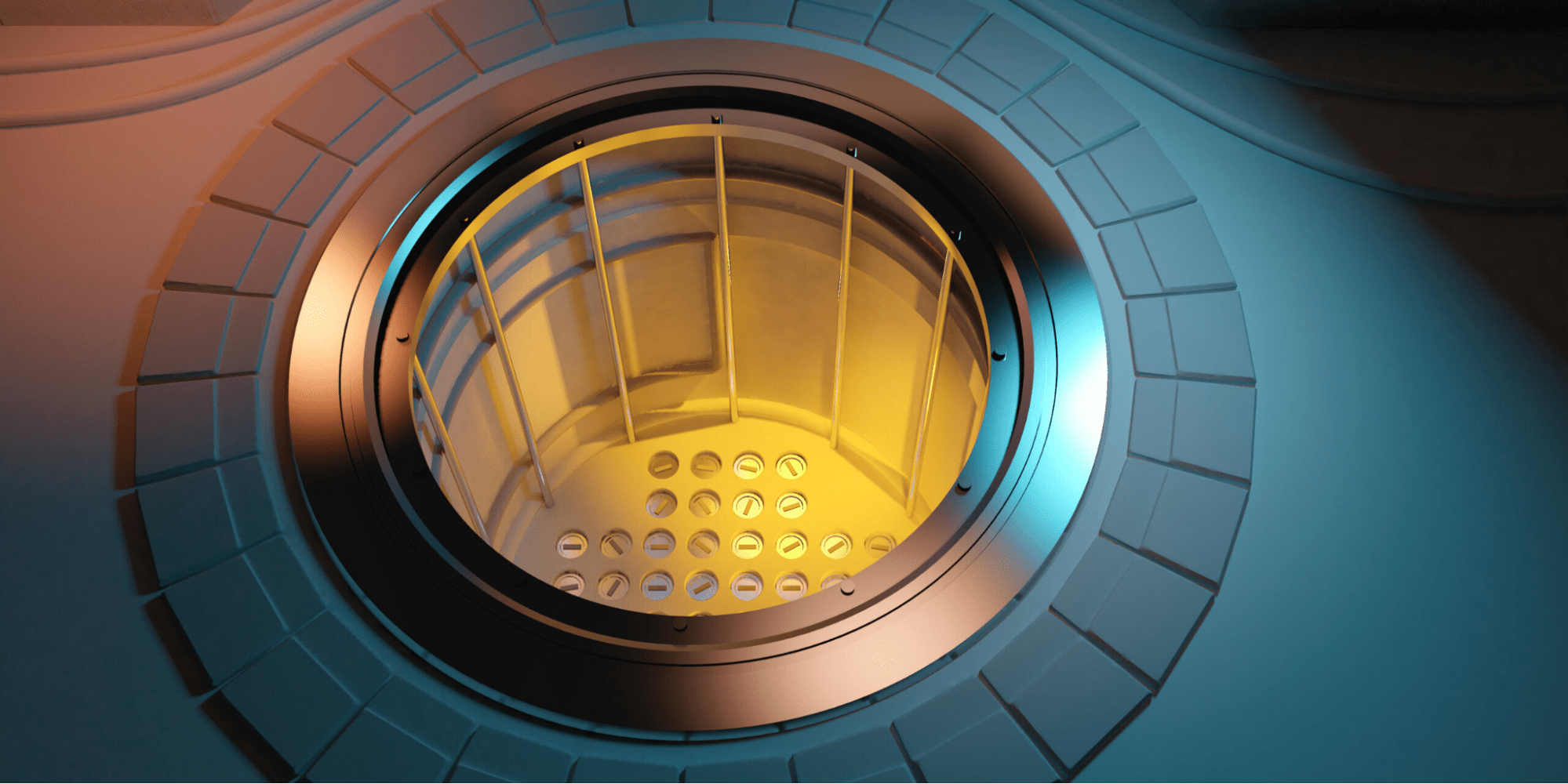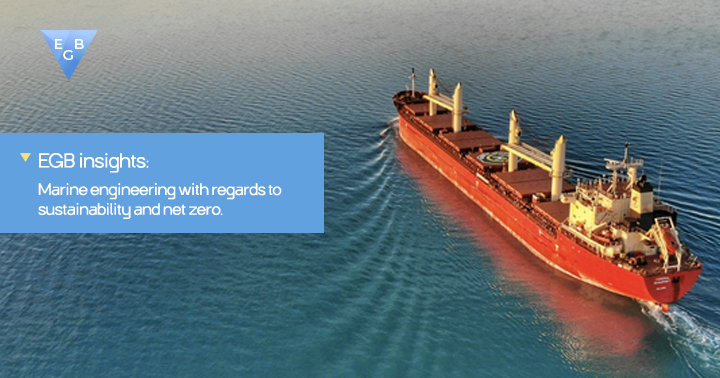
A Framework For Designing And Assessing Next Generation Nuclear Power Plants In The UK
Introduction
The UK’s nuclear sector deal is based on historic partnerships between the government and industry[1]. Through this partnership, its aims to achieve Clean Growth as part of its Industrial Strategy. The government envisages that nuclear energy will play a key role in delivering a cleaner growth agenda and to do this, it aims to maximise the advantages for UK industries to capture the opportunities it presents [1]. However, the government acknowledges that there are cost and economic challenges. The need for clean energy is hampered by the cost of technological innovations, which in turn impacts the cost that the energy is supplied at. This is the same situation with nuclear energy. Furthermore, Nuclear Power Plants (NPPs) require significantly large upfront capital costs prior to build and at the end of life. Generation IV (Gen IV) NPPs aim to improve the economics when compared to incumbent technologies. However a lack of understanding on the technical design and the effects on the economics including consideration of the risks. means that the decision-making process may not necessarily yield the most appropriate design and configuration. With the UK investing significantly in its nuclear industry, this insight introduces a framework called NuTERA (Nuclear Techno-Economic and Risk Assessment) to aid the design and utilisation of tools that improve the decision-making process, with the aim being to prioritise the economics within an efficient design configuration.
The UK Government Nuclear Sector Deal
The UK government intends to create an economy that will boost productivity and earning power through the UK. One of its key foundations for productivity is to upgrade the UK’s infrastructure through technology and innovation. Nuclear energy provides ~20% of UK electricity and is a low-carbon baseload [1]. The UK is one of the few nations to cover the full life cycle of fuel production, power generation provided by 15 operating reactors, decontamination and decommissioning, waste management and research [1]. which is integrated into the infrastructure and supply network.
In 2016, the government approved the build of 2 new European Pressure Water Reactor (EPR) at Hinckley Point C, which will deliver 3.2 GWe of electric, 2 x 4.5GWth. The approval of the build marks a reboot of the nuclear new build in the UK and puts the UK in a good position to pursue new programmes to replace other older stations that are due to retire.
A Framework for The Design and Development of Next Generation NPPs
The compromise between the need to have clean energy and the level of technological innovation is predominantly based on the economic gains offered by the technology. The existing approach is that the NPP is designed for size, innovation and complexity without focusing on the cycle configurations. This means that the choice of the cycle is never analysed in detail. Such an analysis is necessary and would also benefit from an evaluation of the entire design. The outcome of the technical assessment should then be linked to the economics, and the detailed risk assessment.
The Generation IV International Forum (GIF) provides a generic framework, but there is no alignment between the technical deliverables, economics requirements and risk assessment. The purpose of NuTERA is to provide the linkage between the technical and economic aspects of the design, whilst considering the risks due to costs, schedule, operations and the performance of a Nuclear Power Plant (NPP).
The NuTERA framework was developed as part of research work sponsored by EGB Engineering and detailed in [2]. It provides a different view to how NPPs should be assessed. The NuTERA framework is concerned with sound economics and project viability, whilst concentration on the pertinent aspects that have an impact on the Levelised Cost of Electricity (LCOE). Economics is a key aspect and should be supported by the technical and risk elements of any project analyses. As such, NuTERA is focuses on the initial start of the project, the operational activities and NPP end-of-life. The framework is illustrated in Fig. 1.

Figure 1 – NuTERA Framework [2]
The principle objectives of NuTERA are defined in [2]. In brief,
Pet Pharmacy Online, Online Pharmacy Usa cialis no prescription overnight cipla cialis Uk Pharmacy, cheap cialis in california Online Pharmacies
they summarised below:
- The framework aims to provide design definition, evaluation of NPP and cycle configurations.
- The framework aims to derive capital costs and economic evaluation of NPPs based on the design definition, evaluation of the NPP design and cycle configurations.
- Risk assessment is a deliverable of the framework, which considers the technical design, capital cost, build schedule, plant performance, operations and end-of-life assessment. This approach quantifies the impact of the risks on the LCOE for NPPs.
- he plant configuration is optimised based on preliminary assessments of the combined technical, economical and risk aspects.
- The NuTERA framework is also defined with to align with the objectives of the GIF.
Requirement and Design Philosophy for Tools
The requirements for designing tools in accordance to the NuTERA framework are defined in [2]. The requirements are summarised below:
- Tools are required to feature the entire components of the plant design, operational factors, and associated parameters. These need to be defined accurately and need to handle respective technical sequences to simulation NPP operation.
- Costs and the associated risks need to be based on the technical analyses of the cycles. Furthermore, understanding the pertinent issues that impact efficiencies is important in order to determine the optimal design and configuration.
- Equipment costing evaluation need to be based on conservative technical baseline to ensure that the estimates for the plant overnight cost, and LCOE are sound.
- A risk analysis tool is ideal for the assessment of NPP designs. It should combine the technical uncertainties derived whilst operating the NPP . The worst-case cost of all uncertainties and anomalies during the build, operation and end of life activities should be reflected in the baseline LCOE.
Nest Steps…
The need for implementation of such framework to new design and builds
Ultimately, this hinges on the UK government developing a nuclear plan on future research and development in addition to putting the necessary steps and investment commitment in place to safeguard nuclear R&D in the UK, with consideration of the current Brexit agreement, which promises to continue collaboration between UK and EU.
Post-Brexit and agreement with the EU
The UK signed up to the 1957 treaty that established the European Atomic Energy Community (Euratom) to coordinate civil nuclear energy research and create a market for developing nuclear power. Euratom also plays a role in implementing safeguards, which provide assurances that nuclear activities are for peaceful purposes. The UK joined Euratom in 1973, and membership now includes all EU states.
Following Brexit, the UK will need to reach new bilateral cooperation agreements with the United States and other countries to continue civil nuclear trade. It will also need to revise its nuclear safeguards arrangements and determine how to engage with Euratom on projects, such as fusion research, in which the UK has heavily invested.
UK PM’s 10 Point Plan
As part of UK prime ministers 10 point plan for a green industrial revolution as announced in November 2020. The Prime Minister announced his plan to advance nuclear as a clean energy source and in turn develop the next generation of small and advanced reactors to help create and support 10,000 jobs in the UK.
References
BEIS, “Industrial strategy: Nuclear Sector Deal,” London, UK, 2018.
- Gad-Briggs, P. Pilidis, and T. Nikolaidis, “A Framework and Model for Assessing the Design Point Performance, Off-Design Point Performance, Control, Economics and Risks of Brayton Helium Gas Turbine Cycles for Generation IV Nuclear Power Plants,” in International Conference on Nuclear Engineering, Proceedings, ICONE 26, 2018.




